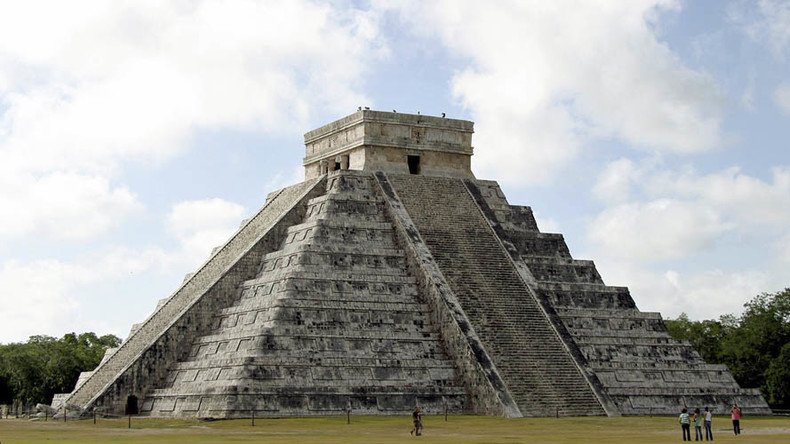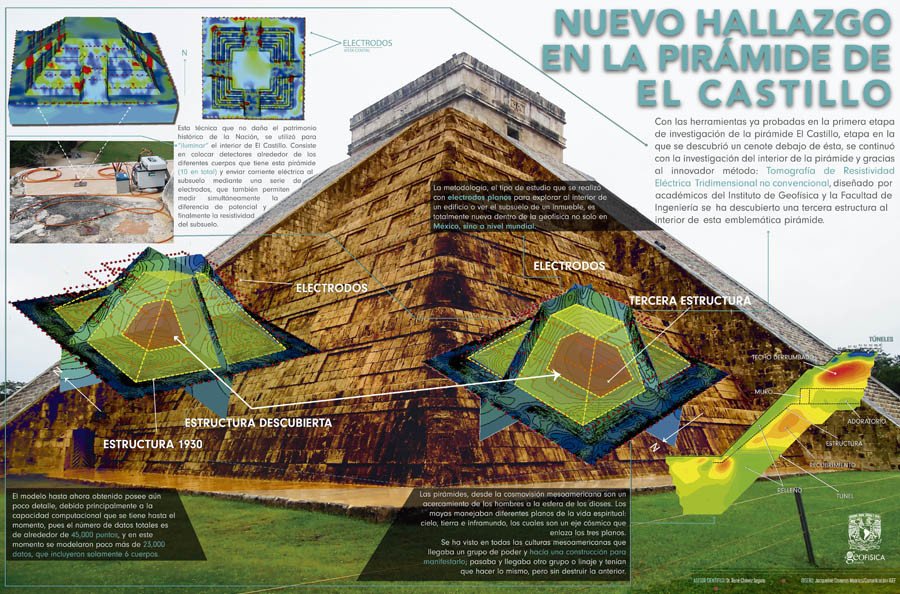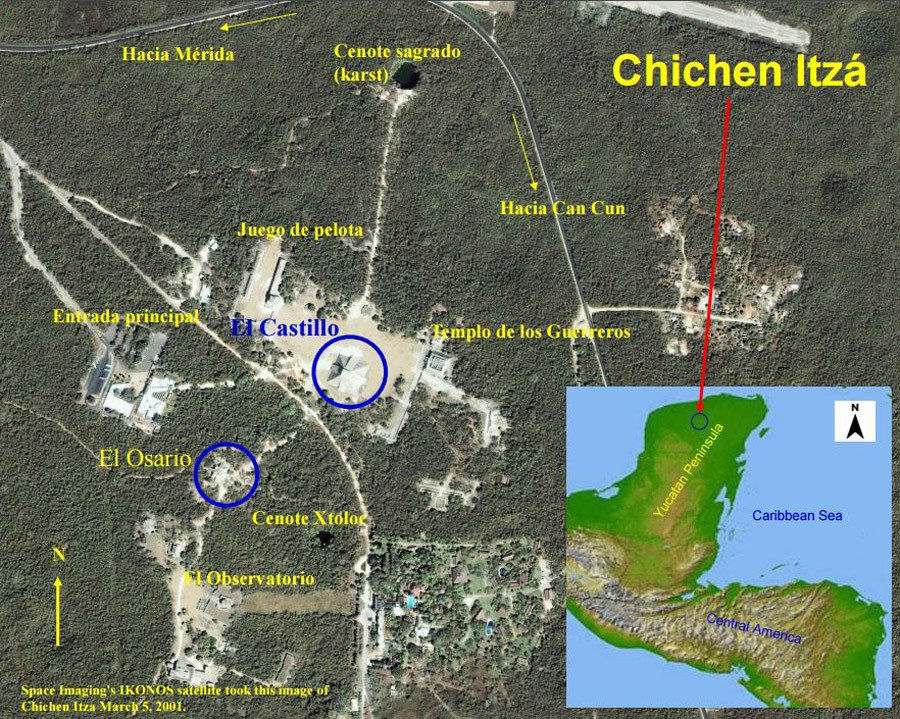Second secret pyramid found inside ancient Mayan temple (PHOTO)

Archaeologists have found a previously-undiscovered pyramid hidden inside Mexico’s ancient Mayan temple of Kukulkan.
The giant Chichen Itza temple dates back to the 9th century but historians believe the second 10-meter tall structure, hidden within, is part of an earlier Mayan tribute to the gods.
Archaeologists from the National Autonomous University of Mexico (NAUM) and the National Institute of Anthropology and History discovered the inner substructure using a tomographic x-ray technique to penetrate below layers of the stone without incurring any damage.
#BoletínUNAM Descubren universitarios segunda pirámide al interior de la de Kukulkán, en Chichén Itzá > https://t.co/SY0paOgDqFpic.twitter.com/RJBTN12B3f
— Sala de Prensa UNAM (@SalaPrensaUNAM) November 16, 2016
A secret inner section has been found inside Chichen Itza before. A 20-meter high pyramid had been uncovered in the mid-1930s, and the new development suggests Kukulkan was a kind of ‘matryoshka doll’ building.
Research professor Denisse Argote, of the National University of Anthropology and History, said it is not yet known whether there are any more design secrets contained inside the towering pyramid.

However, she described the discovery as “significant” as it may provide greater insight into how the Mayan settlement evolved.
“Following the chronology established for the city of Chichen Itza, this substructure could have been constructed between 600-800AD,” Argote told RT.
She said the pyramid is located near an underground sinkhole on the eastern side of the temple.
“This could tell us that the culture that built it knew about the existence of the cenote beneath it. This cavity was discovered by our team last year,” she added.

“We believe that results obtained in this investigation possess important implications towards the knowledge historians have about the Maya civilisation.”
A statement by the NAUM said the smaller pyramid displayed evidence of a possible shrine and rampway.
“The structure discovered last century would correspond to the transition period, and the one found now would be of the pure Mayan style,” the statement read.












